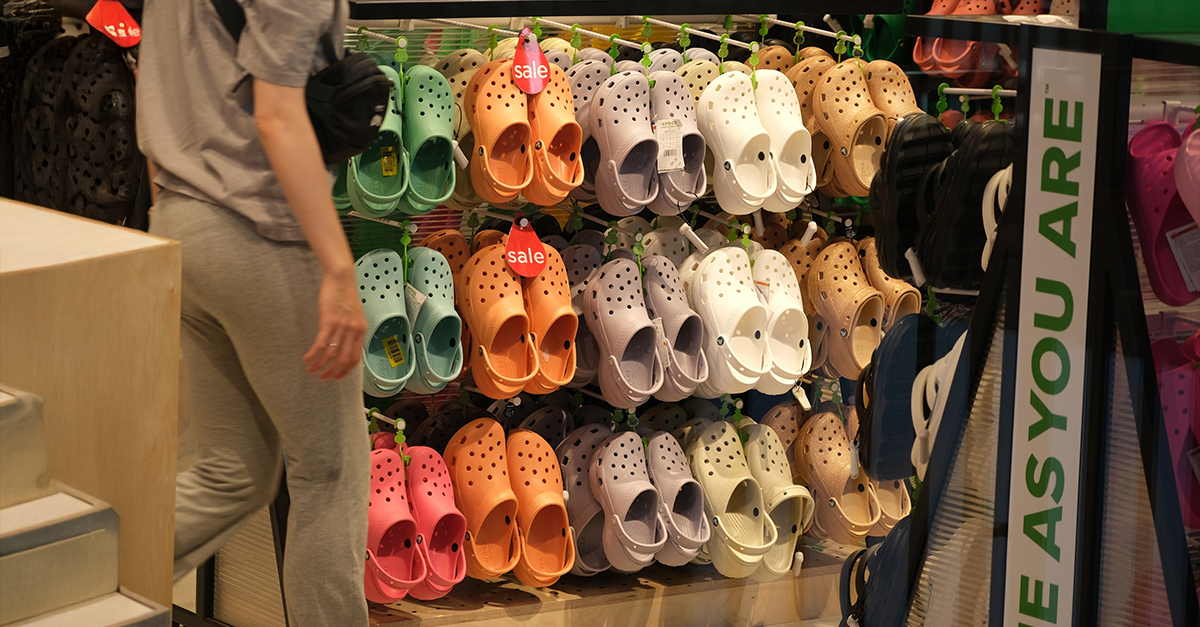The Rise Of Croc Nation
Crocs started out as simple boating shoes made out of an unusual resin material, but they quickly grew into one of the most recognizable and profitable footwear businesses in the world. What started out as a niche, almost ridiculously unfashionable product somehow evolved into a global brand. The success story was driven by strong patent protection, an aggressive growth strategy, and a manufacturing process unlike any other major shoe company.
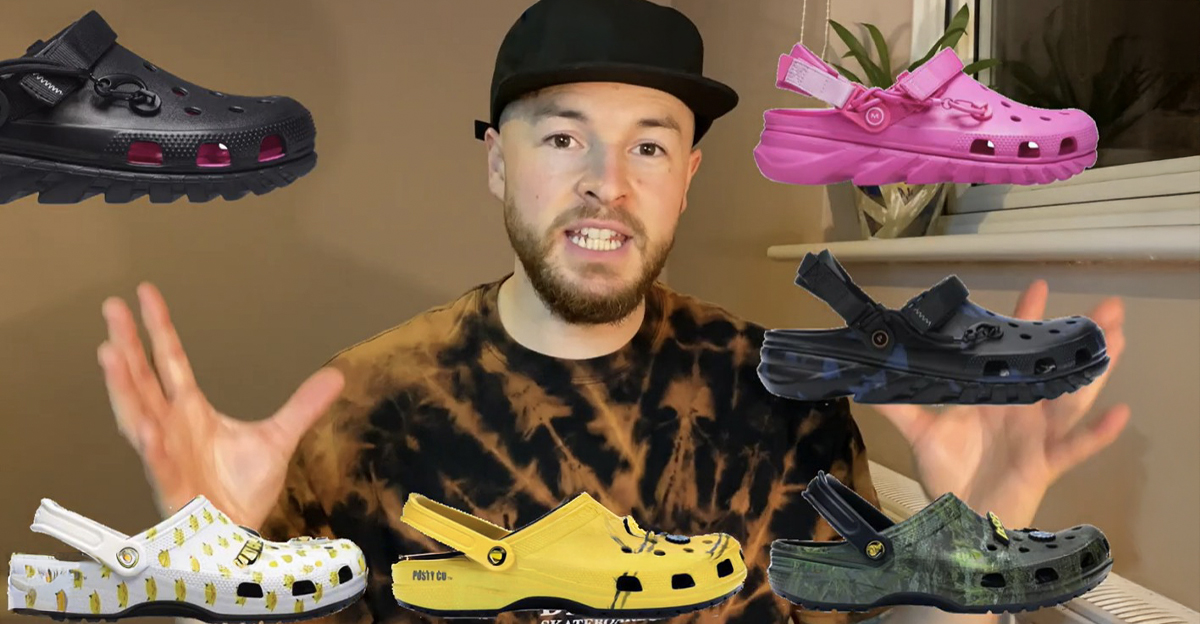
Founding And Original Concept
Crocs had their origin in 2002 when three friends: Scott Seamans, Lyndon “Duke” Hanson, and George Boedecker Jr., acquired the rights to a boating shoe made of a proprietary injection-molded foam resin called Croslite. The idea was to develop a lightweight, slip-resistant clog that performed well around water. At this early period of Croc history, the shoe was tightly targeted at a very specific boating and outdoor niche.
 Ojwilliams8, Wikimedia Commons
Ojwilliams8, Wikimedia Commons
First Public Debut At The Fort Lauderdale Boat Show
The first Crocs shoes appeared in public at the 2002 Fort Lauderdale Boat Show. The founders brought two hundred pairs, with no expectation of anything more than a handful of sales. Instead, all two hundred units sold out immediately. The company now had clear early evidence in hand of strong market demand among outdoor enthusiasts and boaters.
They Locked Down The Process
To secure exclusive rights to the Croslite material, Crocs purchased Foam Creations, the Canadian company that had originally developed the resin. This acquisition gave Crocs total control over the manufacturing technology and ensured that their competitors couldn’t legally use the same proprietary foam in their own footwear designs.
 Ivy Dawned , Wikimedia Commons
Ivy Dawned , Wikimedia Commons
Rapid Early Sales Growth
Between 2003 and 2005, Crocs grew from a small boating-shoe startup to a nationwide phenomenon. Sales surpassed one million pairs in just a few years, fueled by distribution through specialty retailers, outdoor shops, and eventually major national stores that massively accelerated the product’s brand visibility.
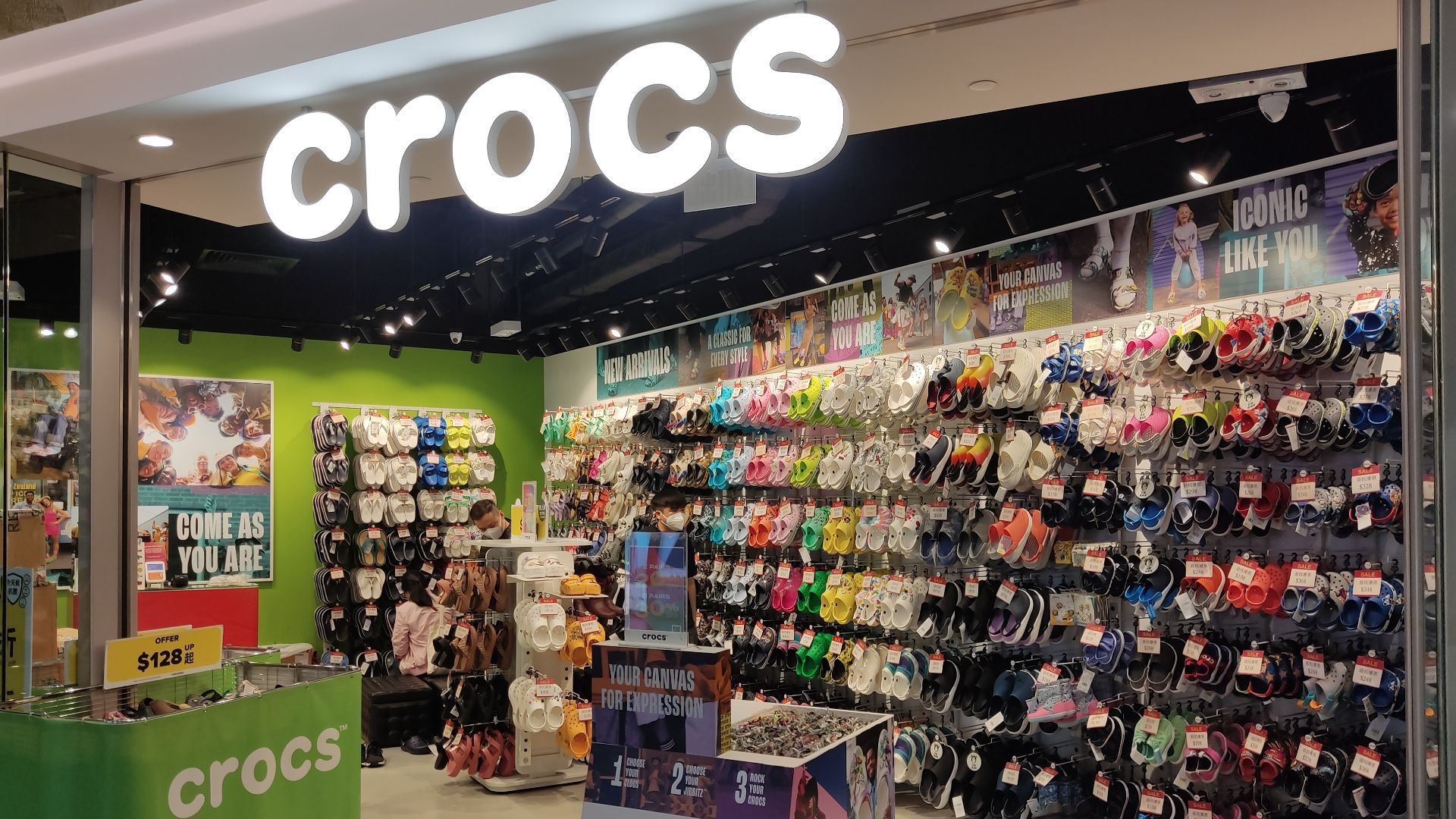 Harguaobimgwo TAMGIU, Wikimedia Commons
Harguaobimgwo TAMGIU, Wikimedia Commons
Entry Into Hospitals And Healthcare Markets
Crocs became surprisingly popular among medical workers because Croslite shoes were light, easy to clean, and comfortable over long shifts on your feet. Hospitals started stocking Crocs in their gift shops, and healthcare professionals generated consistent year-round demand, which bolstered the brand beyond the normal seasonal and recreational market.
The 2006 IPO
Crocs went public in February 2006 on the NASDAQ under the ticker CROX. The initial public offering raised approximately $208 million. A stock price rally quickly followed, reflecting investor belief in rapid growth, and in the company’s ability to scale manufacturing and distribution globally.
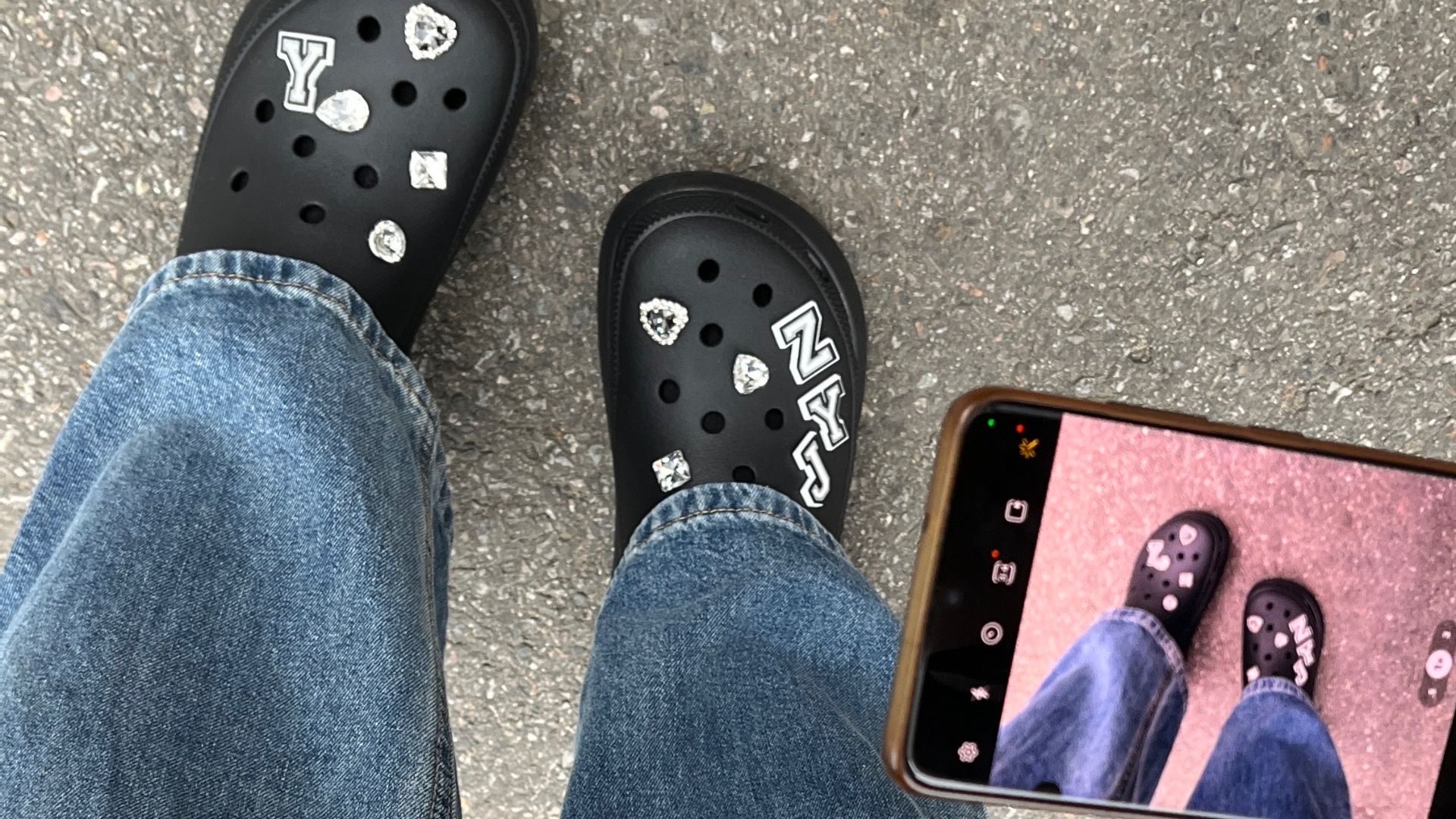 Zhou Yuji1028, Wikimedia Commons
Zhou Yuji1028, Wikimedia Commons
International Expansion
By 2007, Crocs products were sold in over 90 countries. The company opened regional offices in Europe and Asia, vastly ramping up their global production capacity. The international footprint of Crocs helped them to become one of the fastest-growing footwear companies of the mid-2000s.
A Wider Product Line
After the IPO, Crocs brought out several new styles including sandals, boots, and lined clogs. While the classic clog retained its supremacy, the broader range allowed Crocs to enter additional markets, including those for winter footwear and casual lifestyle products. The new products broadened the Crocs’ appeal across multiple consumer segments.
Manufacturing By Injection-Molding
Crocs shoes are produced using closed-cell Croslite resin shaped by injection-molding. This process allows for rapid mechanized mass production without requiring a large labor force. Because the shoes are molded rather than assembled from fabric and stitching, Crocs can be churned out at incredibly high speed with consistent quality.
 The original uploader was Curran2 at English Wikipedia., Wikimedia Commons
The original uploader was Curran2 at English Wikipedia., Wikimedia Commons
Patent Protection And Early Legal Strategy
Crocs secured numerous patents that covered the Croslite material and the shoe’s distinctive molded design. These patents formed the bedrock of the company’s legal strategy, helping block competitors from making similar clogs. The brand’s intellectual-property foundation became a major component of its business success.
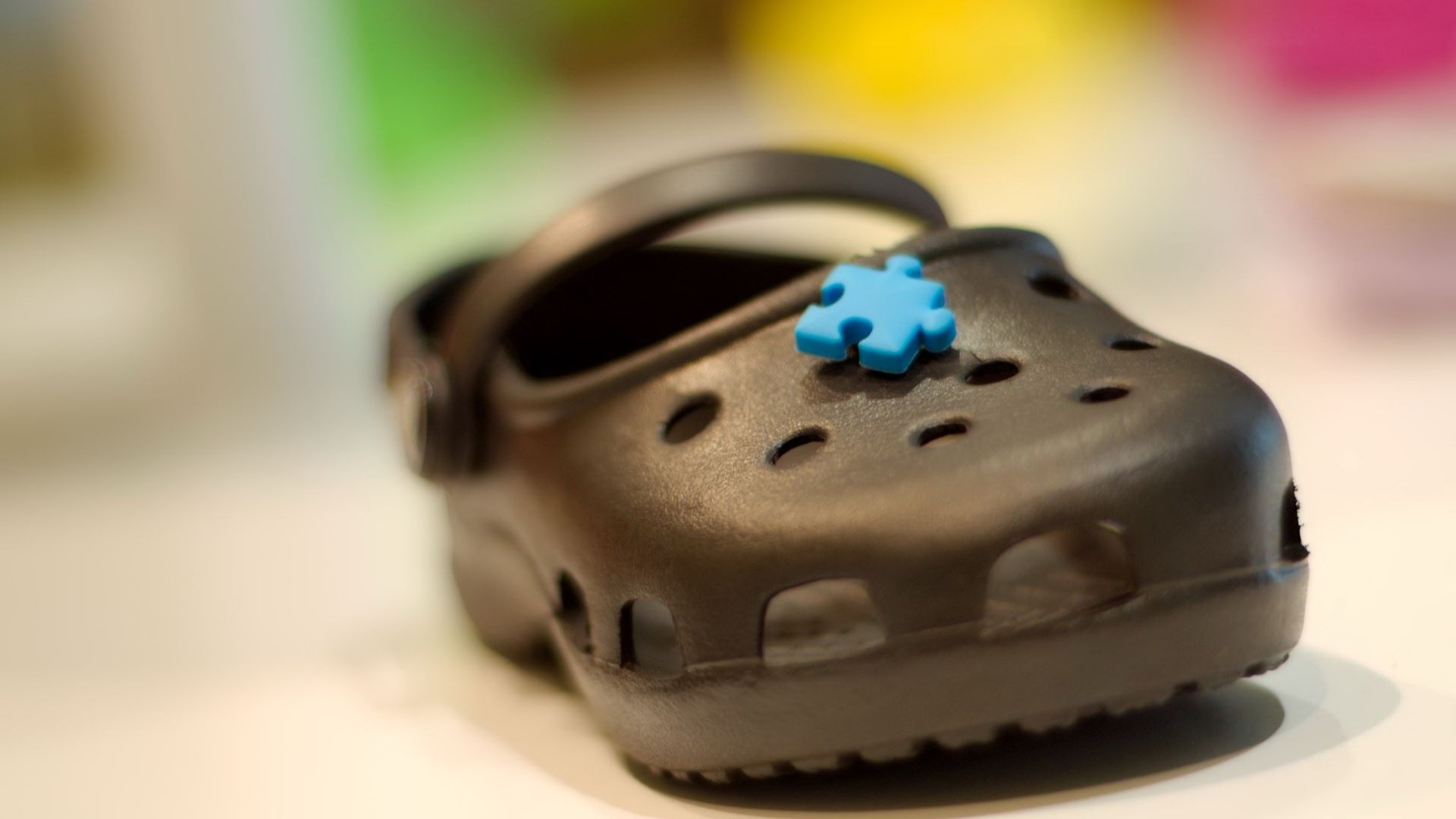 Alex Moi from Kuala Lumpur, Malaysia, Wikimedia Commons
Alex Moi from Kuala Lumpur, Malaysia, Wikimedia Commons
U.S. International Trade Commission Case
In 2006, Crocs filed a major complaint with the U.S. International Trade Commission against several companies that had already sprung up with their own copycat clogs. The ITC ultimately ruled in Crocs’ favor, affirming the company’s patents. The resounding legal victory strengthened Crocs’ molded-foam footwear market dominance.
 Toytoy at English Wikipedia, Wikimedia Commons
Toytoy at English Wikipedia, Wikimedia Commons
Counterfeit Crackdowns Worldwide
Throughout the late 2000s, Crocs also followed up infringement cases in multiple countries, putting overseas counterfeiters in the crosshairs. Customs agencies in Europe and Asia cooperated by seizing thousands of imitation products. These actions protected the brand’s global revenue and prevented market dilution.
 Corpse Reviver, Wikimedia Commons
Corpse Reviver, Wikimedia Commons
Peak Sales And Overexpansion
By 2007, Crocs’ annual revenue was over $800 million. But it turned out that the company was expanding too aggressively, opening new stores and broadening inventory too quickly. This overextension, along with the 2008 economic downturn, brought financial troubles and left Crocs holding excess stock.
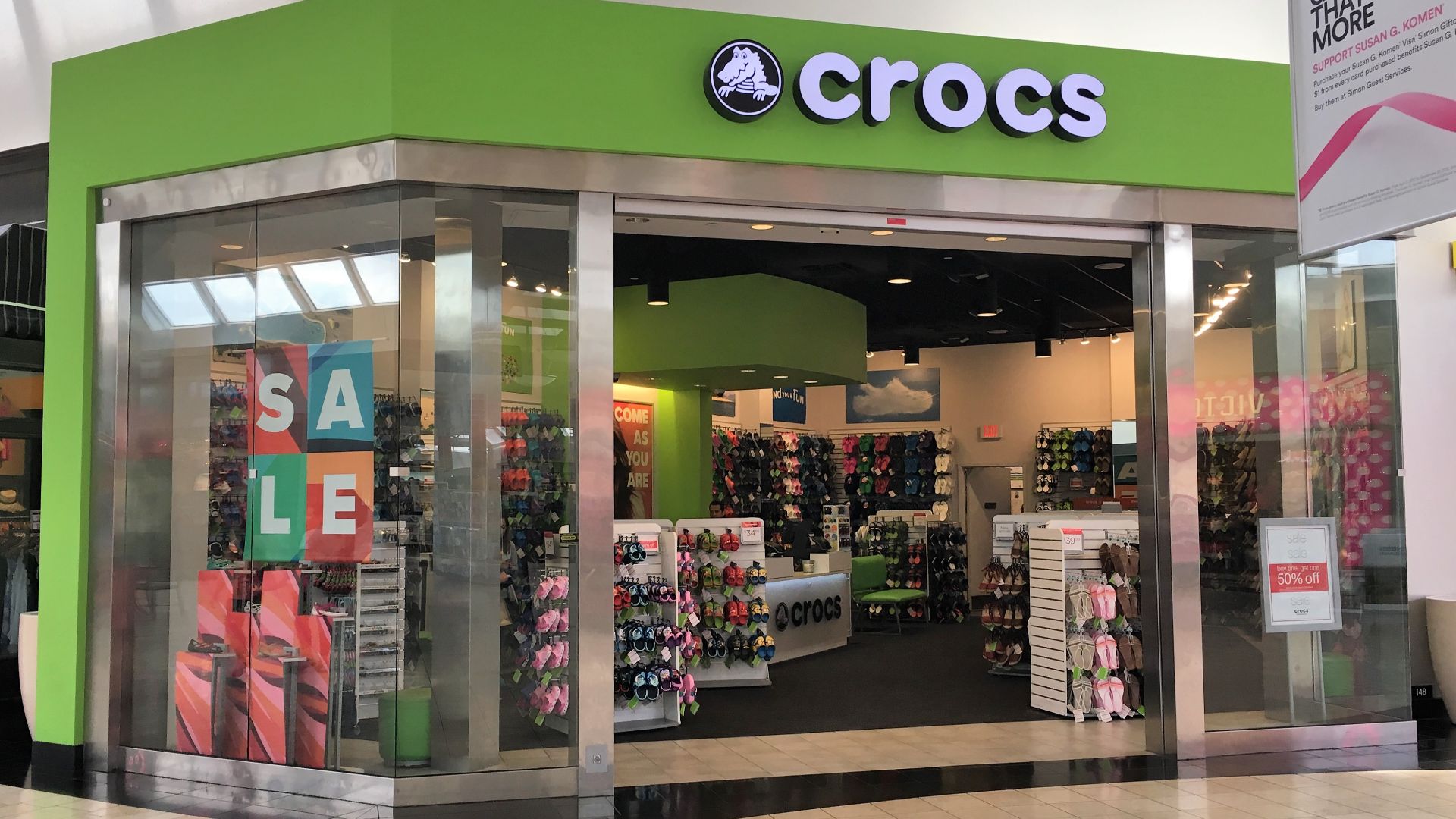 Phillip Pessar, Wikimedia Commons
Phillip Pessar, Wikimedia Commons
Financial Crises
During the 2008 recession, demand for Crocs plummeted, and Crocs’ share price bottomed out from over $75 to under $2. The company was looking at substantial losses and had to restructure its operations, close facilities, and lay people off to get its own financial house in order.
Operational Restructuring
In response to the downturn, Crocs centralized its supply chain and closed stores that were underperforming. These changes allowed the company to streamline manufacturing costs and get back to a more sustainable production model with better inventory control.
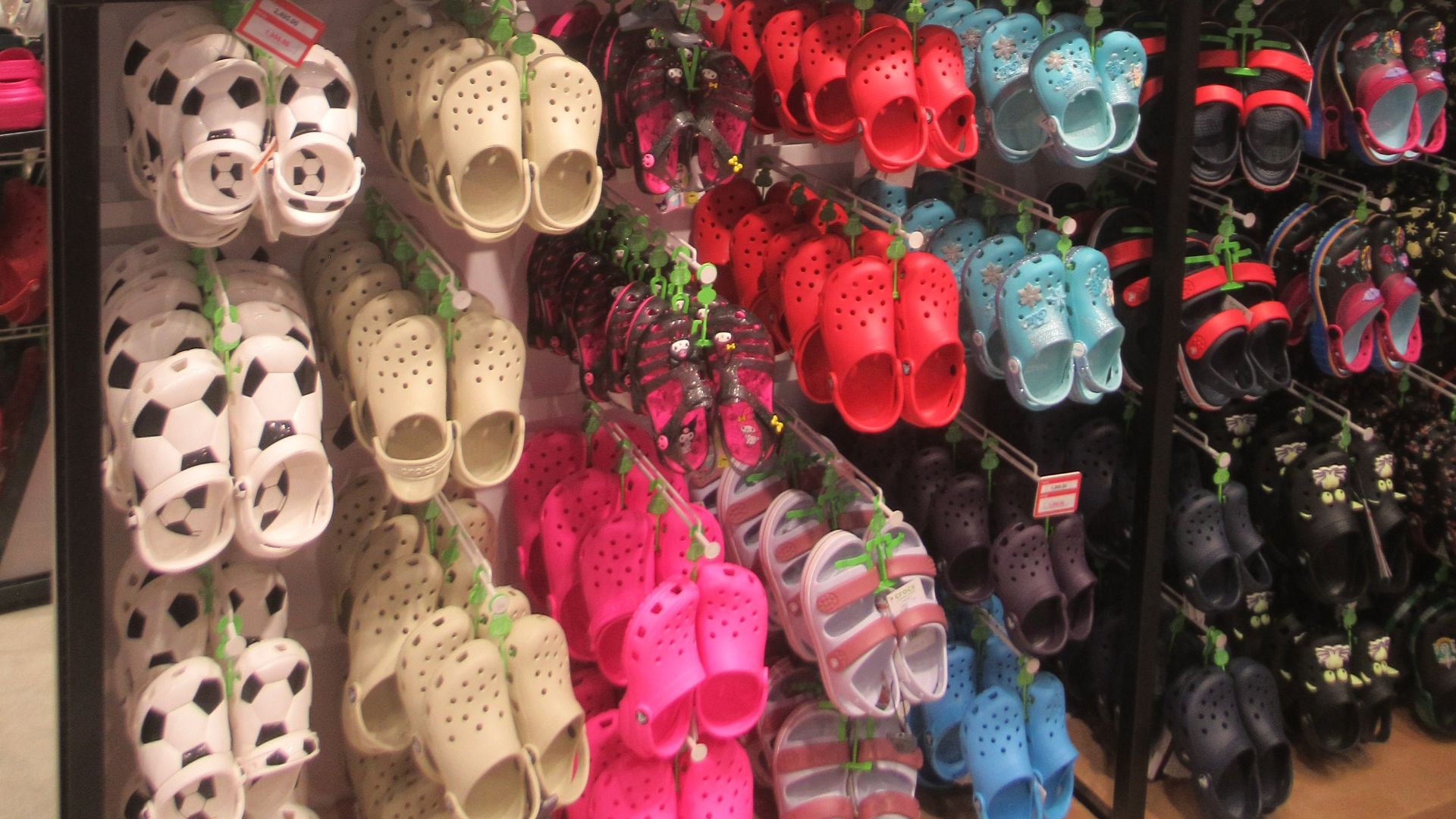 Valenzuela400, Wikimedia Commons
Valenzuela400, Wikimedia Commons
Rebound Through Brand Partnerships
Starting in the late-2010s, Crocs boldly revitalized its brand by collaborating with major designers and celebrities. Limited-edition releases with figures like Post Malone and fashion houses such as Balenciaga reintroduced Crocs to younger and fashion-forward demographics. The company’s bold move totally changed the shoe’s cultural relevance.
 The Come Up Show from Canada, Wikimedia Commons
The Come Up Show from Canada, Wikimedia Commons
Introducing Of Jibbitz Accessories
Crocs purchased Jibbitz, a company that makes decorative charms for the holes of Crocs clogs. This acquisition created a profitable accessories category, generating recurring revenue and allowing Croc wearers to customize their footwear, greatly increasing personalization and repeat purchases.
Pandemic-Era Sales Surge
During the COVID-19 pandemic, Crocs saw a sharp increase in its sales as consumers were looking for a comfortable, easy-to-clean footwear. Essential workers and people working from home contributed to a dramatic rise in global revenue, and this led to one of the company’s strongest financial periods.
 Toto Lozano Presidential Communications Operations Office, Wikimedia Commons
Toto Lozano Presidential Communications Operations Office, Wikimedia Commons
Sustainability Moves
Mindful of public attitudes, Crocs has launched several programs focused on reducing its environmental impact, including recycled Croslite materials and a take-back process for its used shoes. These efforts brought the company into better alignment with industry sustainability expectations and strengthened brand perception with consumers.
Continued Global Dominance
By the early 2020s, Crocs had come almost all the way back to its levels of the mid-2000s, selling hundreds of millions of pairs annually. Despite ongoing debate about their esthetics, the company maintained strong profitability, leveraging efficient production, a dedicated customer base, and a totally revamped brand identity that few competitors could replicate.
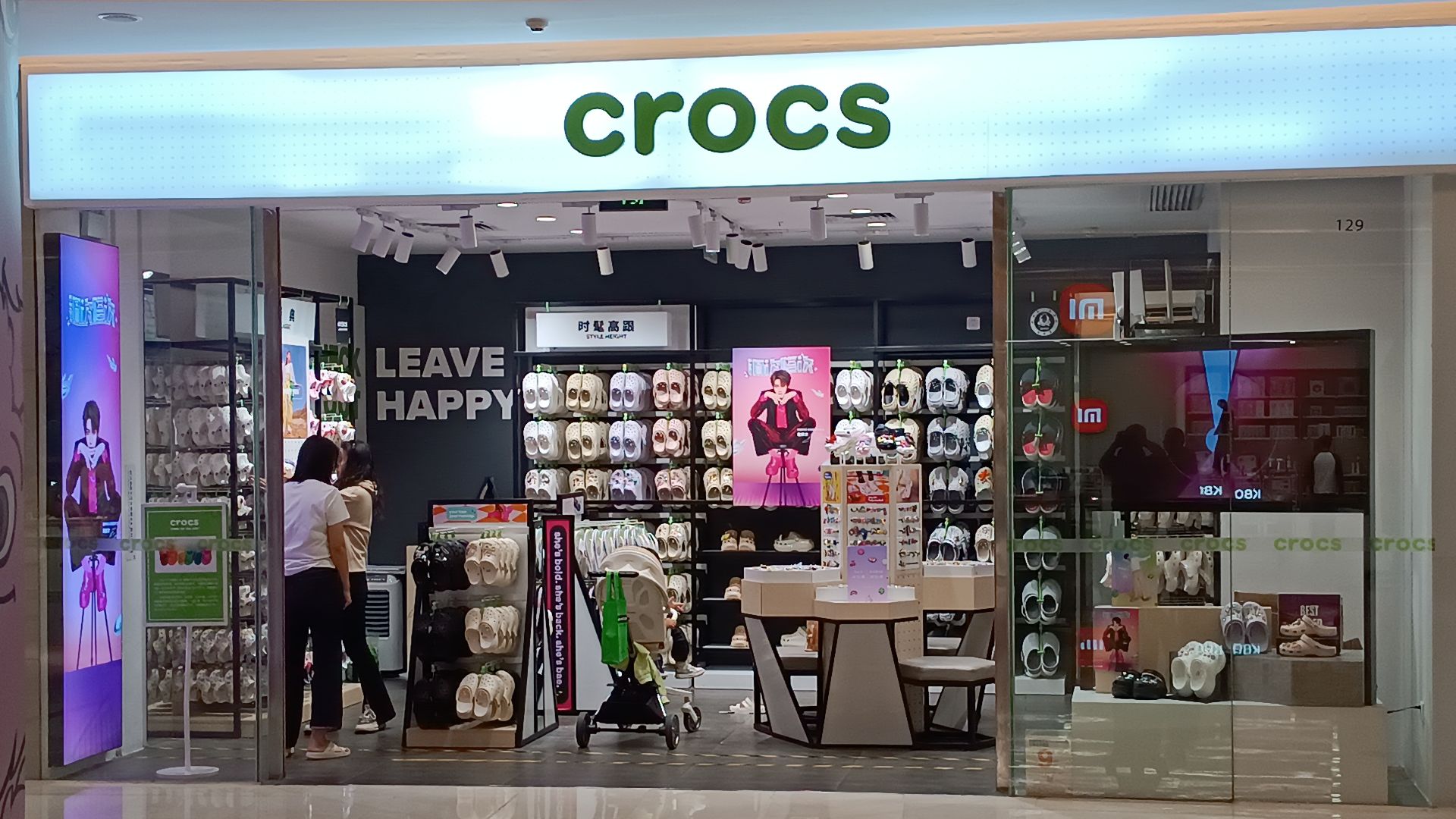 MiaMOOA Mukazz, Wikimedia Commons
MiaMOOA Mukazz, Wikimedia Commons
An Unusual Path To The Top
Crocs didn’t find success by following fashion trends but by making the most of its control over unique raw materials, enforcing patents, and scaling an unconventional product efficiently. Though the shoes themselves are often mocked for their appearance, there’s no denying they’ve become a global business powerhouse. From a boat-show debut to designer collaborations, Crocs’ journey shows how a niche invention can one day become a dominant worldwide brand.
You May Also Like:
Why Start-Ups Should Rely On Influencers Too
Skechers Over Nike: An Unexpected Takeover In The Sneaker Game
This Is The One Simple Change You Need To Make To Grow Your Business Fast

